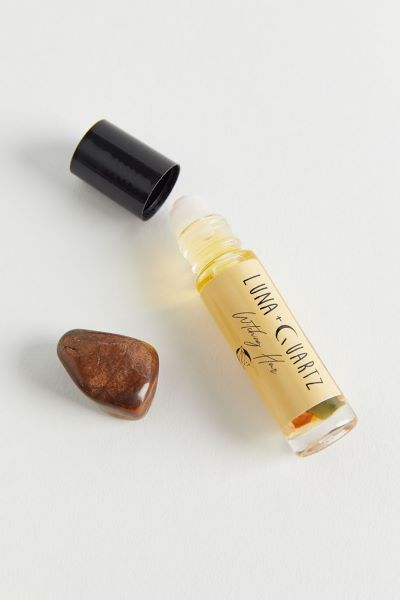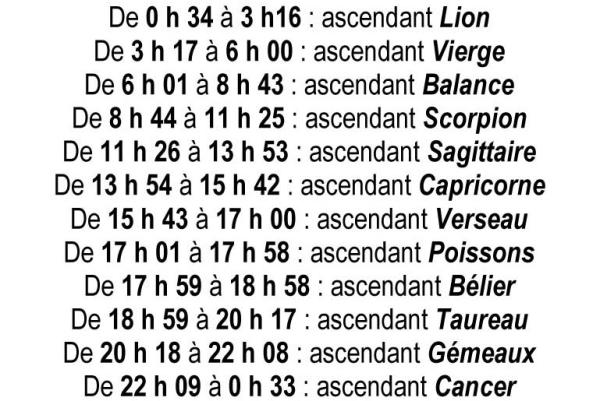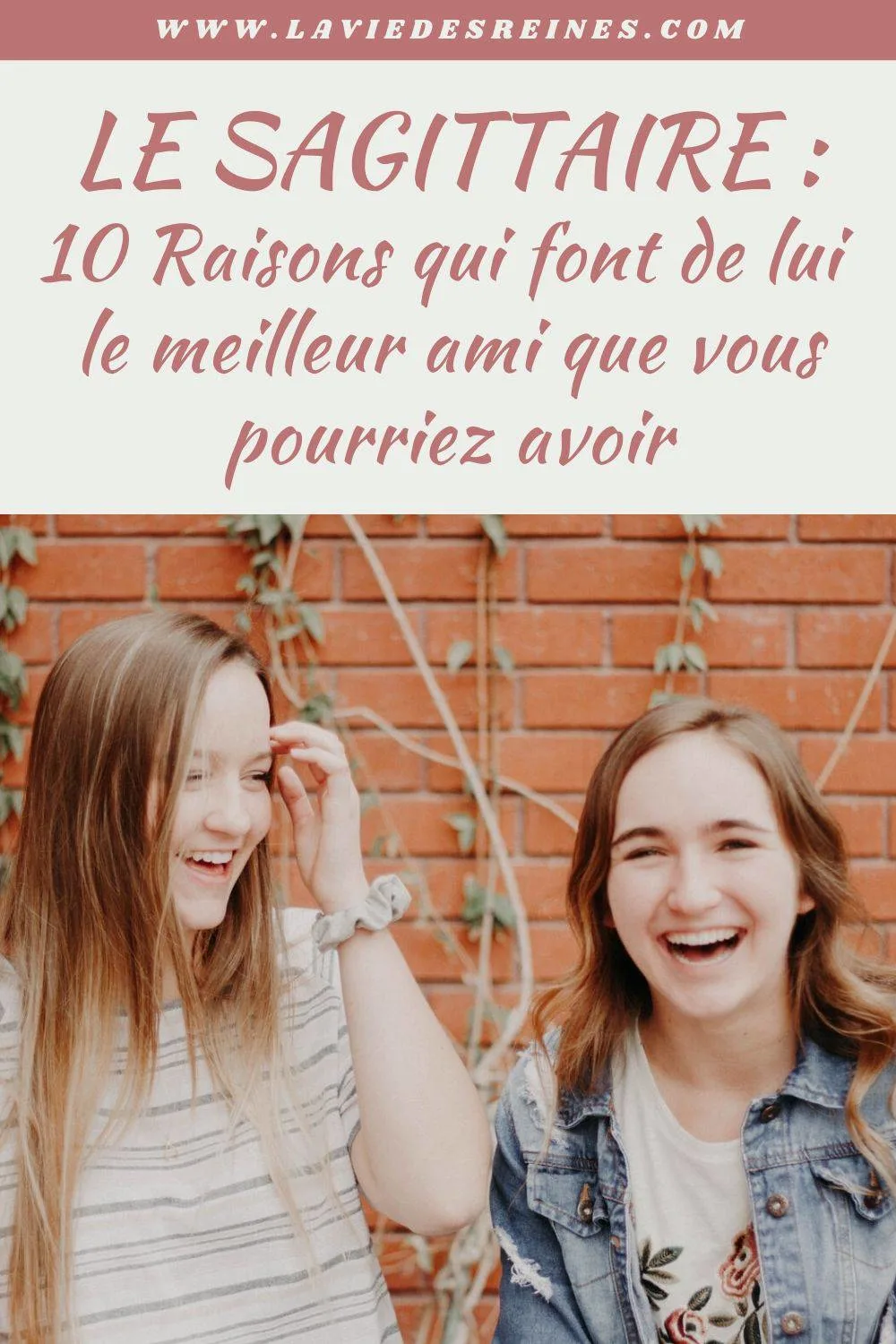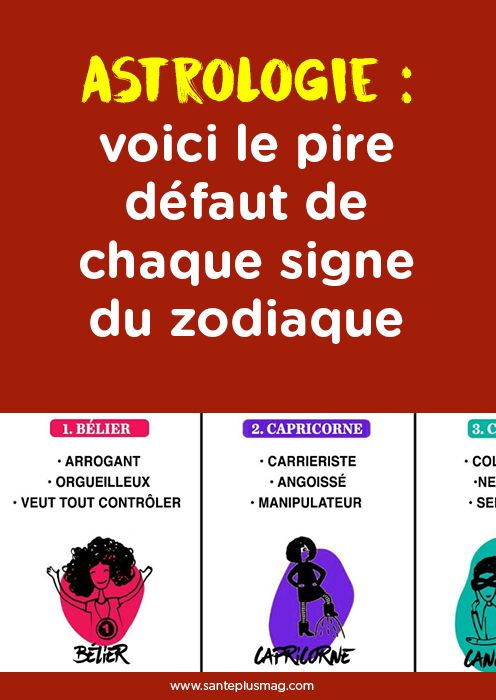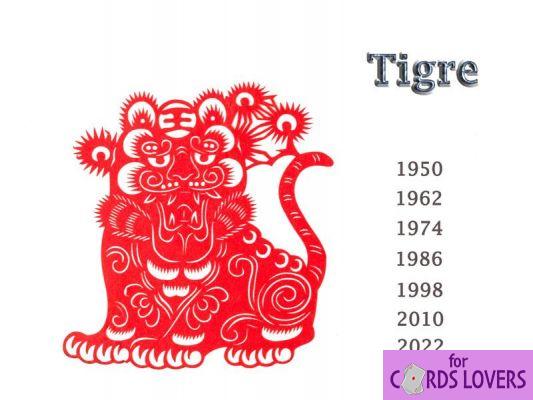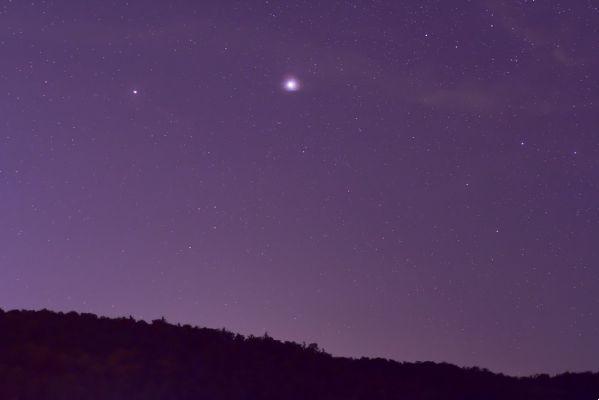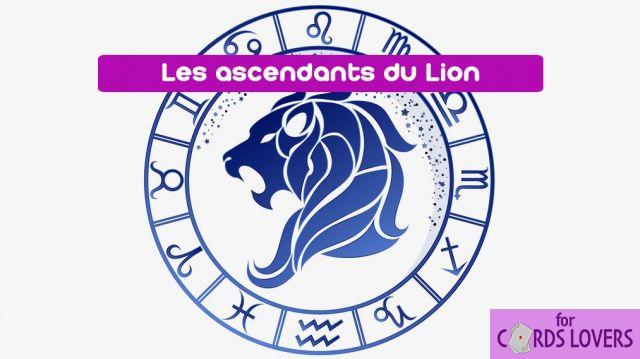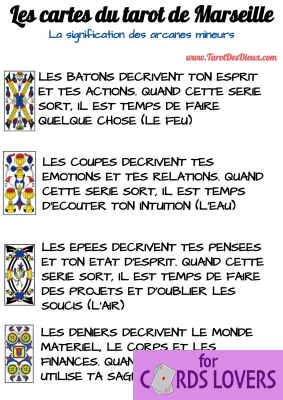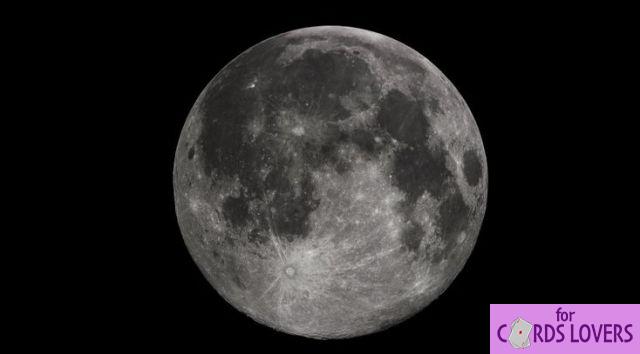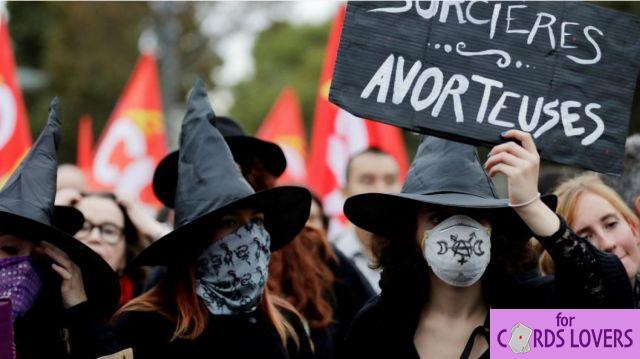
Long time, the witches were associated with naughty good women whose only ambition was to ruiner the lives of nice people with their powers which served the times. Ugly and disgusting or beautiful and desirous, the representation we have of witches comes directly from the heritage of the witch hunt, a massacre that caused millions of victims from the XNUMXth to the XNUMXth century in Europe. But today, more and more women call themselves witches and, in doing so, position themselves critically in the face of the history of a genocide.
via GIPHY
To call oneself a witch in the XNUMXst century is an act of protest in itself. Starhawk, Californian ecofeminist witch, loves the words " magic " and " witchcraft because these are words that cause people discomfort and words that create discomfort provoke reflection, change. More and more young feminist women see in the witch a figure of female rebellion. Because witches were above all women of science, independent and free women in their sexuality, which is why it was better to repress it.
During the witch hunt, Pope Innocent VIII commissioned the Malleus Maleficarum, written by Jacob Sprenger and Heinrich Kramer. In this Latin text dated 1487, the witch is posed as being essentially bad, walking on a magic brooms and alive, recluse, at the edge of the wood. Her powers are given to her by the Devil himself, with whom she has sex. Curiously, it says that women who use their magical powers for good are more to be feared than women who use them for evil. Barbara Ehrenreich and Deirdre English say the witch hunt is just the start of a long struggle between the sexes in medicine, a struggle won by men with the help of the Church. After all, the Malleus Maleficarum states that wizards posed no threat.
via GIPHY
There are even theories that the witch hunt is actually a crackdown ona left-wing political movement led by women, which would explain why we have burnt more than 400 women in a single day in a single city (Toulouse). It's the feminine dangerous that must be crushed, a female strength which echoes the Goddess of matriarchal societies. It is a feminine to be killed and tortured in a Renaissance where luminous and rational knowledge is only made by driving out inexplicable knowledge, darkness, the sex that is woman.
Today, we continue to portray witches as villains, who fly on broomsticks like the Malleus Maleficarum, showing how this guide to detecting witches is still having an effect centuries later. By taking the witch figure, women are the ones who take up their story and challenge our conceptions of the scholarly and rebellious feminine. It is also to re-sacralize the female experience.
You can be a witch in a variety of ways, you don't necessarily have to see auras and talk to spirits (although the possibility is there). You can be a witch because you believe in magic, because we pull at tarot, because we want to create a close group of women (a sorority named convent), because we are feminist, because we say we are heir to a long line of strong women, because we study medicine and plants, because we are not satisfied with the way the world is presented to us. Kristen J. Sollée proposes that women, in becoming feminists, sometimes find themselves caught up in the fact that religion is masculine and has long hurt women, that modern science is the result of a masculine mode of apprehension (which quietly changing), that in fact, one must deconstruct all the speeches given to them as true, which leaves them very little room for faith. By entering theesotericism (even if it's not taken quite seriously), or even entering the neo-paganism and wicca, millennial witches can create a view of the world that is uniquely their own and that suits them. Starhawk says that magic is the act of changing the world, starting with changing yourself and becoming more authentic to yourself.
The witch hunt declined following a new angle adopted by the Church. Since witchcraft was forbidden, it became very popular among noble women, in particular, who ordered elixirs. We decided to ridicule the witches, instead of presenting them as dangerous and, therefore, full of powers. Trivializing by not taking their experience or their knowledge seriously is the new Christian propaganda after the Malleus Maleficarum. In English, we still say “old wives' tales”, that's the tone we use: all this is just gibberish. Witches are invention, madness, rubbish, or that's what they like to make us believe. What if there was revolutionary potential precisely where reason is most likely to be disturbed? Because despite the ridicule attributed to them, stories of spirits, astral journeys and gifts have been circulating for centuries in all families, and I'm sure it's the case in yours too. We laugh about it, we are afraid of it. In any case, we can say that the witch is disturbing, since calling oneself a witch is still disturbing.
So if you see in Hermione Granger the hero you secretly want to become or admire Sabrina the apprentice witch, that the new representations of witches speak to you, more than you would have thought, perhaps you secretly wish to be a witch too. If you would like to flip conventions, confront the strange and revalorize the silent history of strong women of the past, or even just get your witch kit, you are already more magic than you might think.
You may also like...
- 7 gifts for your “witch” friend
- Discover 8 superstitions related to Halloween
- The magic of Harry Potter put to the test of science









